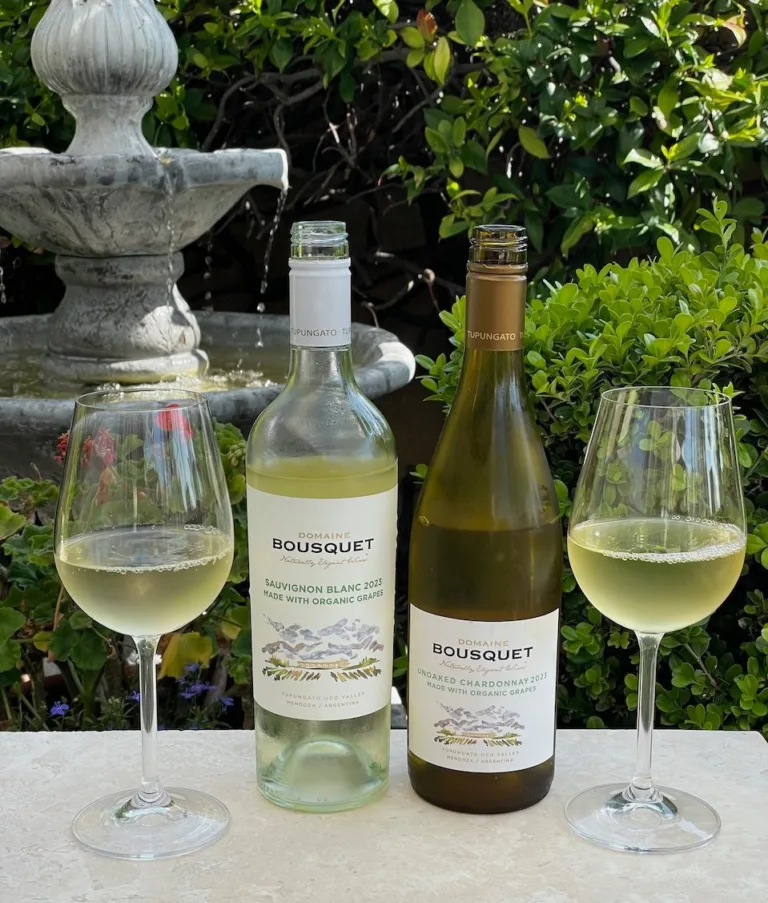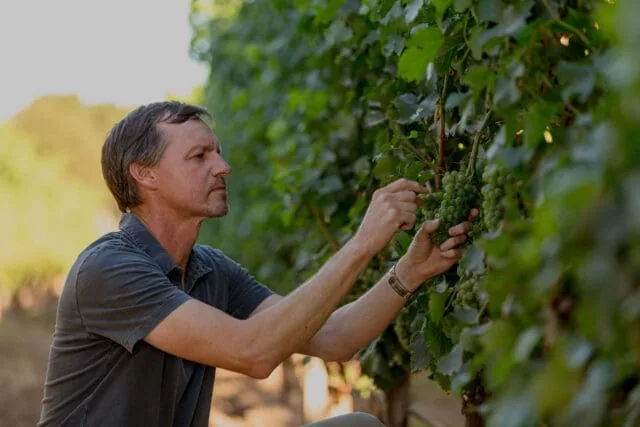One of the world’s most significant, collectible and expensive Champagnes may soon disappear, and there’s nothing its producer can do, Patrick Schmitt MW was dismayed to learn last month.
During a Bollinger press lunch in London on 15 November, attendees were given the privileged opportunity to try all of the producer’s Champagnes made from 100% Pinot Noir, which included its just-launched single-village blanc de noirs (PN AYC18), as well as its new single-site expression (La Côte aux Enfants 2013), and the brand’s rarest and priciest label: Vieilles Vignes Françaises (2012). And it was this latter pure Pinot Champagne – which I’ve only sampled once before in 20 years of visiting, tasting and writing about Champagne – that I was told has an uncertain future. But what is it about Vieilles Vignes Françaises that makes it so special? That relates to its sourcing, because it hails from a couple of tiny blocks of Pinot Noir near Bollinger’s HQ in Aÿ that are not only trained in a historic manner, but grown on their own roots, or franc de pied. This means they are some of the only vines in Champagne’s 340,000 hectares that are not grafted onto American rootstocks, and therefore Bollinger’s plots represent an anomalous set of plants that are not protected against the root-eating louse – phylloxera – that destroyed almost all of Europe’s vineyards in the late nineteenth century. It’s hard to say what impact ungrafted Pinot Noir vines have on taste and quality of the end product,
This Article was originally published on The Drink Business - Champagne





